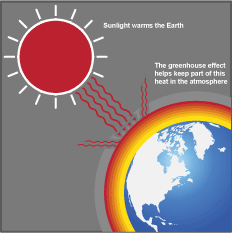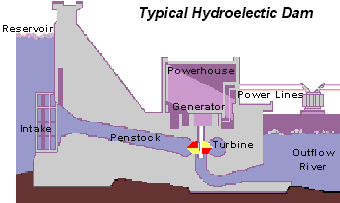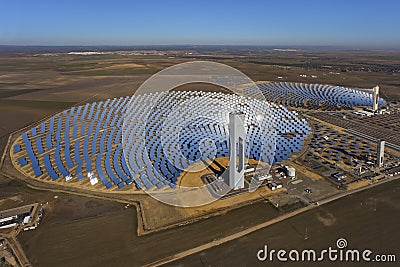TEXTILES
- Natural and synthetic fibres can be woven to make a variety of textiles.
- Natural fibres may come from animal sources (wool, sik), plant sources (cotton, linen, esparto, bamboo) and mineral sources (god, silver and copper fibres)
- Synthetic fibres, such as mylon, polyester, rayon and Lycra, are plastic materials.

















































